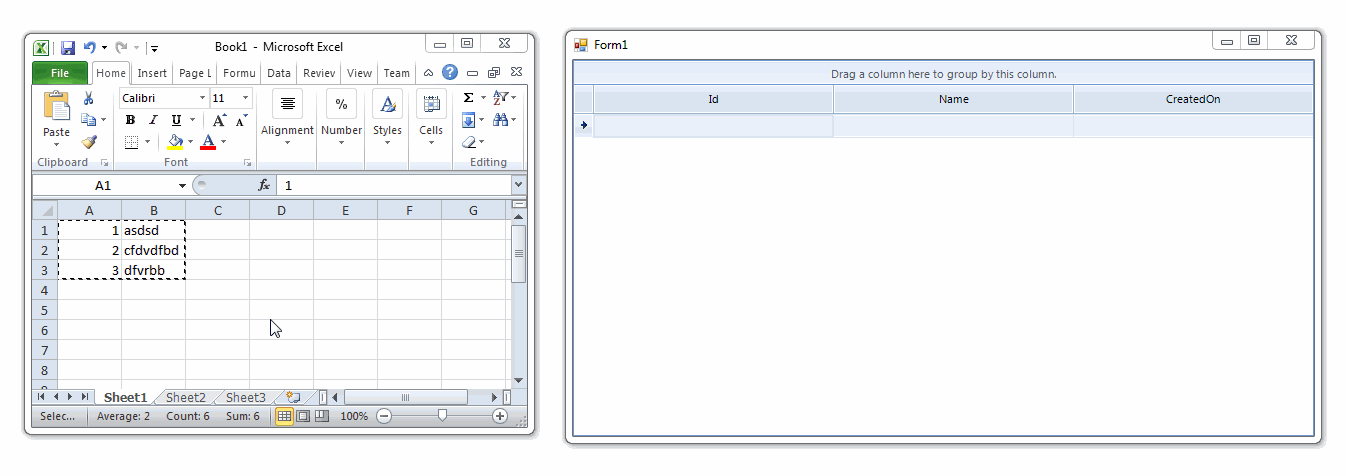

Then, just check yes that the first row contains column headings. It's a good idea if you cleaned up your Excel sheet first to make sure that the first row has clearly defined column headings. This means the row in a spreadsheet that identifies the data in each column (such as last name, address, salary, etc.).
The next page has a box asking if the first row in the Excel sheet has column headings. If this is the case, you need to tell the Access wizard which spreadsheet you are choosing. However, sometimes people create multiple pages within a single Excel spreadsheet, which you can see by clicking on the tabs at the bottom of the spreadsheet. Sometimes, this is simple because the Excel spreadsheet is just one sheet. Choose the worksheet within the Excel spreadsheet that you want to import. To complete the process of importing your spreadsheet, you need to complete the steps in the wizard. Go through the steps on the wizard that appears within Access. It's a good idea to create several blank columns to the right of the data you're splitting before you do it because it will push the data into the new blank columns (instead of columns that already contain information). You can then give the new columns new header names to indicate the kind of information housed in them (last name, first name, etc.). The program should split John, A., and Doe into three columns. The last name Doe is separated from the middle initial A by a space. The first name John is separated from the middle initial A by a space. As in the following example: let's say the name "John A. Often the information is just separated by a space. Most common choices include a space, a comma, or a semi-colon. Choose how the data within the column is "delimited." This means that each piece of information in the column is separated by something. Now you are ready to complete the process of splitting merged information in one column into multiple columns. There needs to be matching column headers/fields.Ĭontinue using the wizard to split merged columns. X Research source It must be what Access calls "relational." For example, if the hypothetical spreadsheet for payroll contained first name, last name and middle initial in one column, but the second spreadsheet contained only first name and last name in separate columns, Access will register this as no match. Scan the Excel sheets to make sure that each type of data is handled the same way, and clean it up before importing it into Access. You could link name headers to see which people of the same name appear in both databases, for example. What Access allows you to do is to match different column headers with one another. This second sheet contains people's names, addresses, and donations. Let's say for the sake of argument that you want to match that sheet within Access to a second Excel sheet that contains information about campaign finance contributions. It includes people's first and last names, addresses, and salaries. 

Let's say you have an Excel sheet that contains payroll information.
Access allows you to link common fields between two or among many spreadsheets. X Research source For example, for a column containing people's last names, you may want to call the column header/field name "last name." Be clear and precise because it will make it easier when you try to match column headers in one Excel sheet with another. It's a good idea to make sure that the first row in the Excel spreadsheet contains your column headers (or field names), and that these are very clear and easy to understand. The key is that your data must be consistent between imported spreadsheets. It will make it easier if you do a few simple steps before you import the Excel spreadsheet into Access. Clean up your Excel spreadsheet before importing it into Access.







 0 kommentar(er)
0 kommentar(er)
